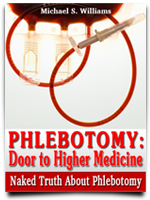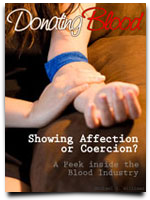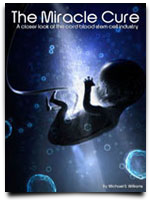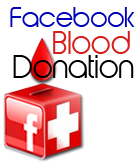Another marketing strategy popularly known as the referral reward program is implemented by Cord Blood America Inc. (CBAI). This is an attempt to increase their number of preserve cord bloods.
CorCell is CBAI’s domestic subsidiary and it announced the referral program during this midyear. The said program will offer $200 to anyone who can persuade someone to register at CBAI. When parents, newlywed or not, decides to preserve their newborn’s cord blood at CBAI, they can expect a $200 discount on the enrollment fee.
“We believed this program would be a success, and that friends would tell friends about the importance of saving a baby’s stem cells at the time of birth, but even we didn’t envision the program succeeding this well,” Erin Tecca said. She is the company’s Business Development Manager.
“We always have had a great number of referrals, most from within our customer base, but with the new Referral Rewards Program we are receiving referrals from a much larger network of people.â€
The CBAI branch in Las Vegas, Nevada officially announced the success of the program. As of July 7, 2011 – its referral sales have increased from eight percent to twenty-one percent of its total sales.
The main ambition of the Cord Blood America is to become a global stem cell storage company. This dream won’t be impossible if their referral program is regularly supported by expectant parents.





Cord Blood Banking Facebook
Blood Donation Twitter